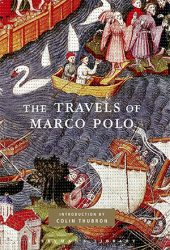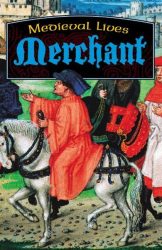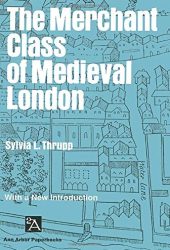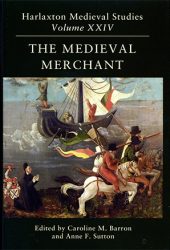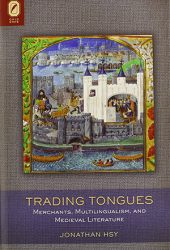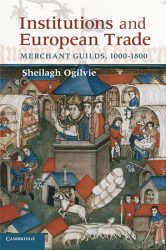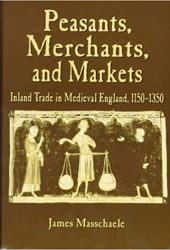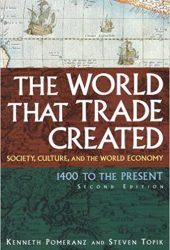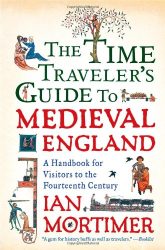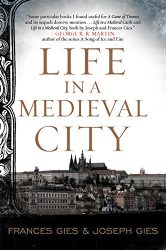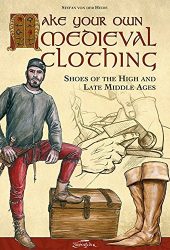
Merchants have existed for as long as humans have engaged in trade and commerce.
In ancient Rome and Greece, merchants could become wealthy but lacked high social status, contrary to the Middle East, where markets were an integral part of the city. During the Middles Ages in Europe, a rapid expansion in trade and commerce led to the rise of a wealthy and powerful merchant class. The age of discovering opened new trading routes and giving European consumers access to a much broader range of goods.
History of Merchants
Merchants and merchant networks operated in open-air and public markets in the ancient world: Babylonia and Assyria, China, Egypt, Greece, India, Persia, Phoenicia, and Rome. There, merchants and traders congregated, usually in the town’s center. Trading and exchanges involved direct selling through permanent or semi-permanent stall-holders and shop-keepers, or through door-to-door direct sales via merchants or peddlers.
In the Roman world, local merchants served the wealthier landowners’ needs, who could call them directly from their farm-gates. Both Greek and Roman merchants also engaged in long-distance trade, as evidenced by Roman objects found in China as early as 226 CE.
During the Middle Ages, England and Europe witnessed a rapid expansion in trade and the rise of a powerful and wealthy merchant class. By the 12th century, there was an upsurge in the number of market towns and larger centralized merchant circuits. While the Crusades helped open up new trade routes in the Near East, Marco Polo stimulated interest in the far East in the 12th and 13th centuries. Consequently, medieval merchants began to trade in exotic and luxury goods such as spices, wine, food, furs, silk, glass, and jewelry.
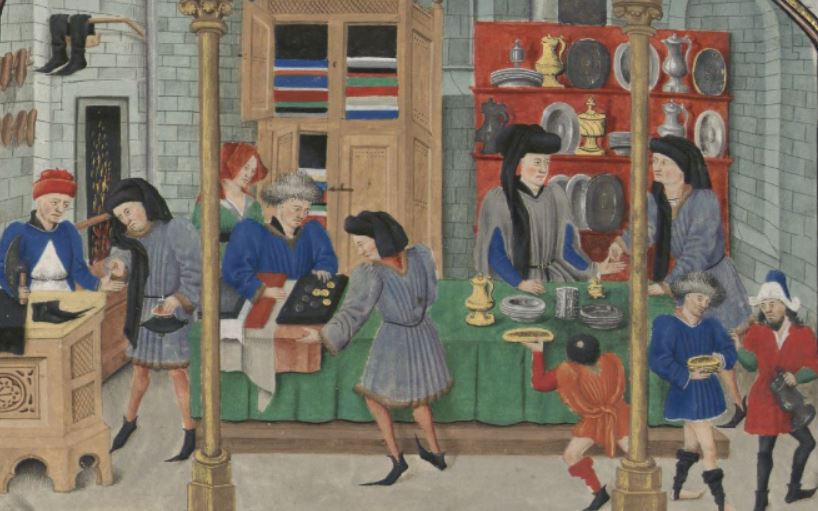
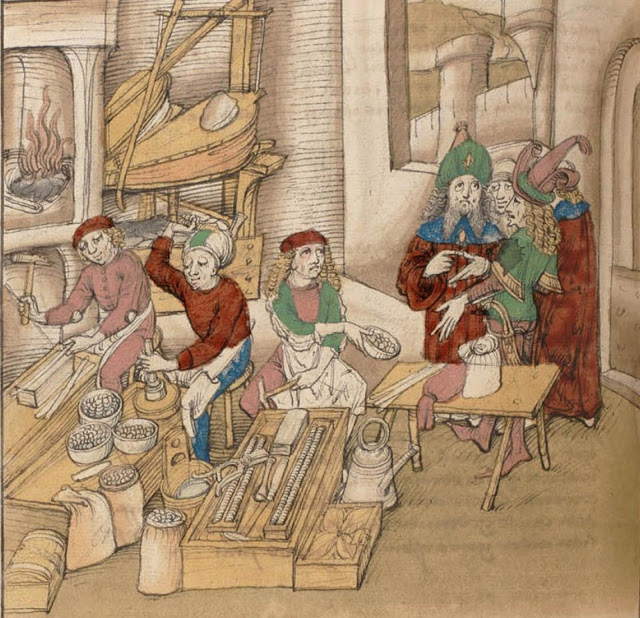
Merchant guilds began to form during the 12th century, controlling how trade was to be conducted and specifying rules governing the conditions of trade.
During the thirteenth century, European businesses became more permanent, allowing merchants and agents to become sedentary. Merchants specialized in financing while agents were domiciled overseas and acted on behalf of a principal. Over time these partnerships became more commonplace and led to the development of large trading companies.
From 1300 through to the 1800s, many European chartered and merchant companies were established to exploit international trading opportunities. These developments, sometimes known as the commercial revolution, triggered innovations such as double-entry bookkeeping, commercial accountancy, and international banking, including access to lines of credit, marine insurance, and commercial courier services.
Books about Merchants and Trading in the Middle Ages
Books about Medieval Life
More Medieval Occupations

Medieval Minstrel
Medieval minstrels sang, played musical instruments, and told engaging stories. Here’s what life was like for a minstrel in the Middle Ages.
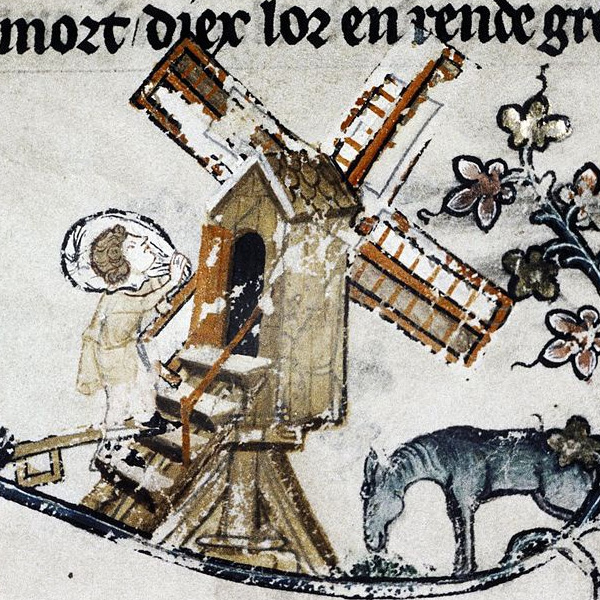
Medieval Miller
Millers were some of the most important tradesmen in the Middle Ages. Learn more about this medieval profession and how millers lived.
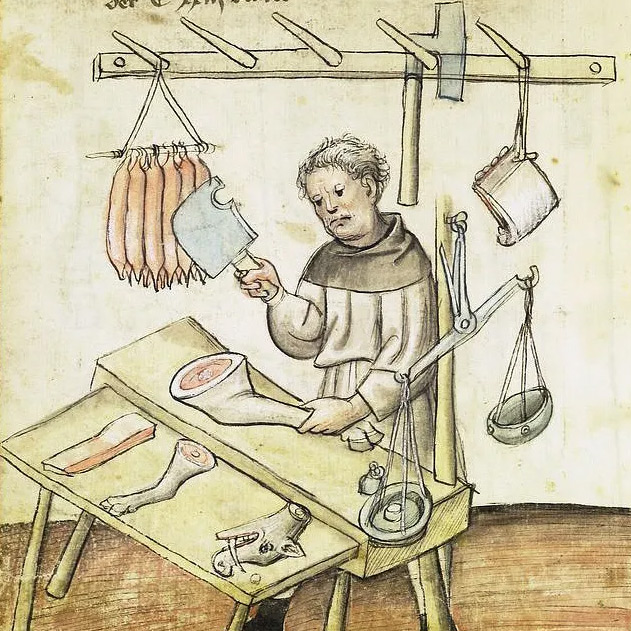
Medieval Butcher
Middle Ages butchers prepared meat, fish, and fowl for the people in a castle or a city. They sometimes had stalls in a marketplace.
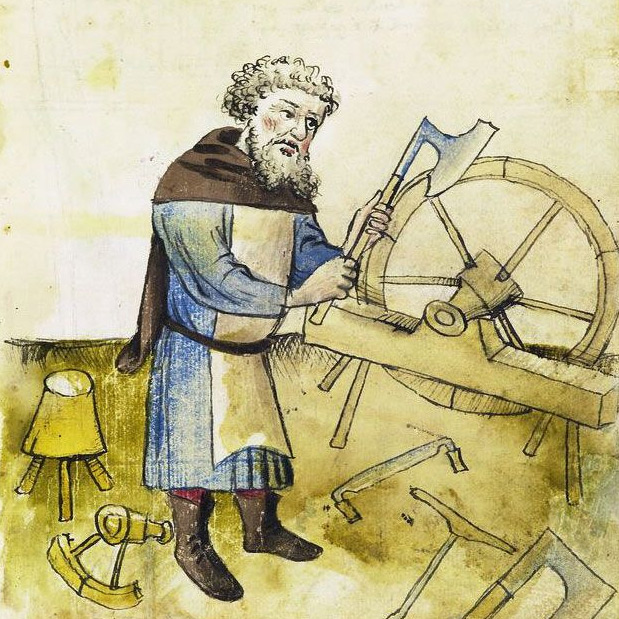
Medieval Wheelwright
Medieval candlemakers made candles from materials such as fat, tallow and beeswax.

Medieval Shoemaker
Medieval candlemakers made candles from materials such as fat, tallow and beeswax.
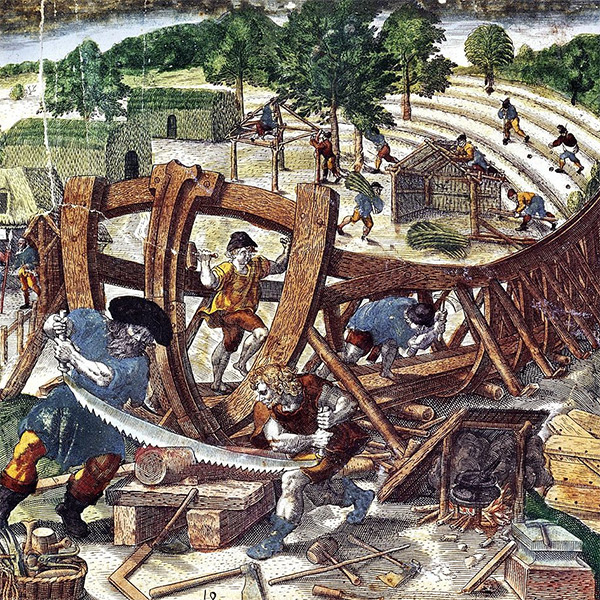
Medieval Shipwrights and Shipmaking
Being a sailor in the middle ages meant living a lonely and difficult life, as they would often set sail for months or even a year at a time.

